How To Use A Depth Finder Weight?
Using a depth finder weight, also known as a lead line or sounding line, is an essential skill for anyone involved in boating, fishing, or any activity that requires accurate measurement of water depth. This traditional method, though largely replaced by modern electronic depth finders, remains a reliable and straightforward technique. In this article, we will delve into the practical steps of using a depth finder weight, the benefits of mastering this skill, and some tips to enhance accuracy and efficiency.
Understanding the Depth Finder Weight

A depth finder weight typically consists of a weighted object, often made of lead, attached to a marked line. The line is usually marked at regular intervals, such as feet or meters, to allow for easy reading of the depth. The weight is lowered into the water until it reaches the bottom, and the depth is determined by the length of the line that has been submerged.
Step-by-Step Guide to Using a Depth Finder Weight
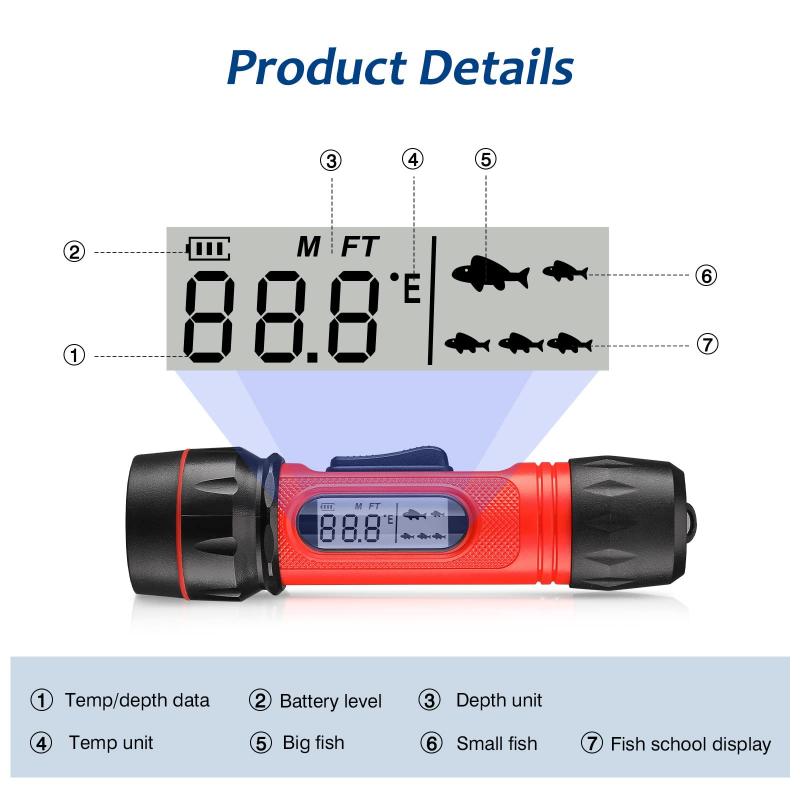
1. Preparation
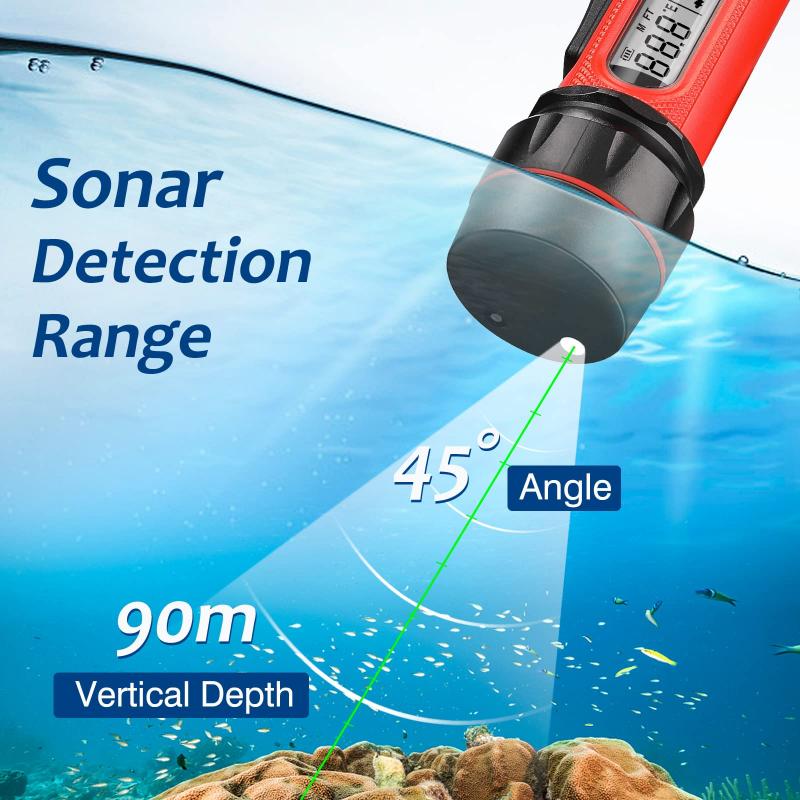
Before you begin, ensure that your depth finder weight and line are in good condition. The line should be free of knots and tangles, and the weight should be securely attached. It’s also important to familiarize yourself with the markings on the line, as these will be crucial for reading the depth accurately.
2. Choosing the Right Location
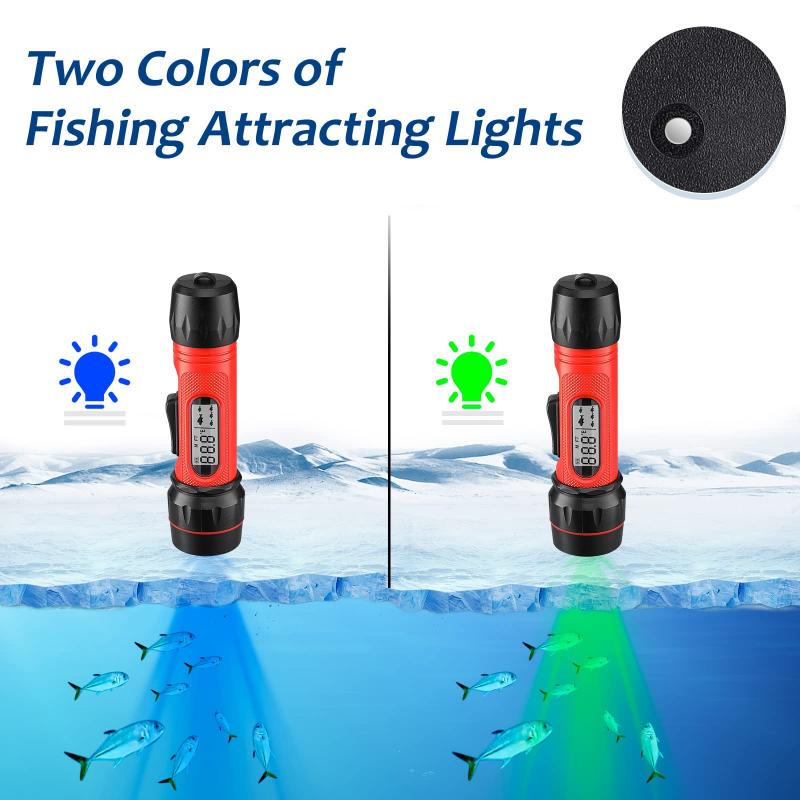
Select a location where you want to measure the depth. This could be near the shore, in the middle of a lake, or any specific spot of interest. Ensure that the water is relatively calm to get an accurate reading.
3. Lowering the Weight
Hold the line firmly and slowly lower the weight into the water. Allow the weight to descend steadily until it reaches the bottom. You will feel a noticeable slack in the line once the weight hits the bottom.
4. Reading the Depth
Once the weight has reached the bottom, hold the line at the water’s surface and note the marking on the line that is at the water level. This marking indicates the depth of the water at that particular spot. For example, if the line is marked in feet and the marking at the water’s surface reads 10, the water depth is 10 feet.
5. Recording the Measurement
For accuracy and future reference, it’s a good practice to record the depth measurement along with the location and time. This information can be valuable for navigation, fishing, or scientific research.
Benefits of Using a Depth Finder Weight
1. Reliability
Unlike electronic depth finders, a depth finder weight does not rely on batteries or electronic components, making it a reliable tool in all conditions. It’s particularly useful in remote areas where electronic devices may fail or be unavailable.
2. Simplicity
The simplicity of a depth finder weight makes it easy to use, even for beginners. There are no complex settings or calibrations required, and the method is straightforward and intuitive.
3. Cost-Effectiveness
Depth finder weights are relatively inexpensive compared to electronic depth finders. This makes them an affordable option for individuals or organizations with limited budgets.
Tips for Accurate Measurements
1. Use a Weighted Line
Ensure that the line you use is weighted or has a weight attached to it. This helps the line to sink straight down, providing a more accurate measurement.
2. Avoid Strong Currents
Strong currents can cause the line to drift, leading to inaccurate readings. Try to measure the depth in calm water whenever possible.
3. Double-Check Measurements
For critical measurements, it’s a good practice to take multiple readings and average them. This helps to account for any minor variations and ensures greater accuracy.
4. Maintain Your Equipment
Regularly inspect your depth finder weight and line for wear and tear. Replace any damaged components to ensure accurate and reliable measurements.
Practical Applications
1. Fishing
Anglers can use a depth finder weight to locate the best fishing spots. Knowing the depth of the water helps in selecting the right fishing gear and techniques for different fish species.
2. Boating
Boaters can use a depth finder weight to navigate safely, avoiding shallow areas that could damage the boat. It’s also useful for anchoring in the right depth of water.
3. Scientific Research
Researchers studying aquatic environments can use depth finder weights to collect data on water depth, which is essential for various ecological and environmental studies.
Mastering the use of a depth finder weight is a valuable skill for anyone involved in activities on the water. Its reliability, simplicity, and cost-effectiveness make it an indispensable tool, even in the age of advanced electronic devices. By following the steps outlined in this article and applying the tips for accuracy, you can confidently measure water depth and enhance your boating, fishing, or research experiences. Whether you are a seasoned mariner or a novice explorer, the depth finder weight remains a timeless and practical instrument in your toolkit.


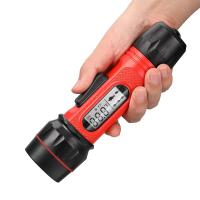
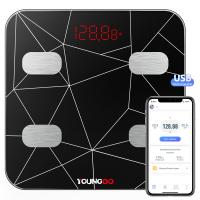
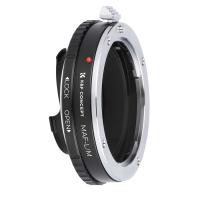
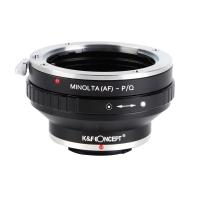
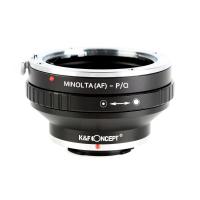
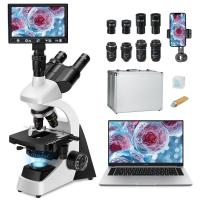


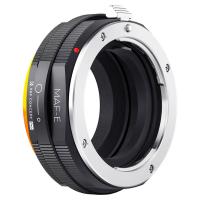
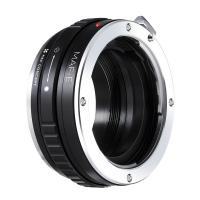
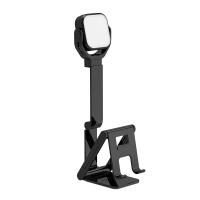

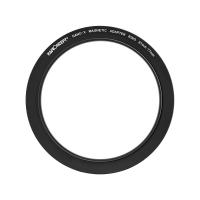
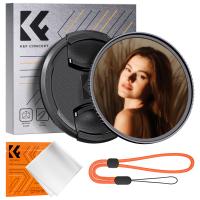
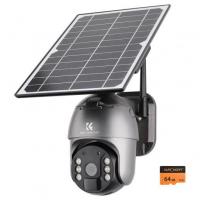
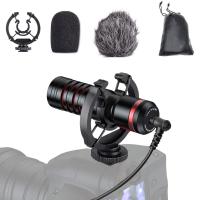
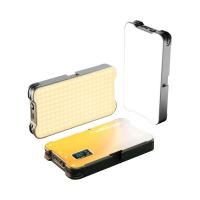



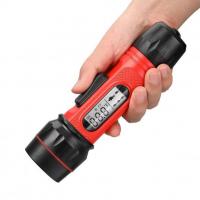
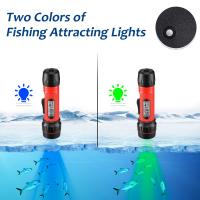



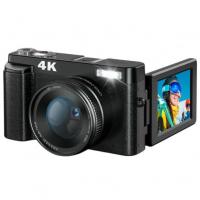
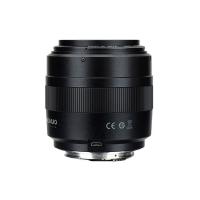

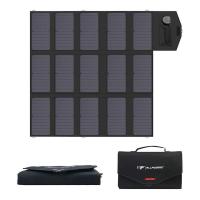


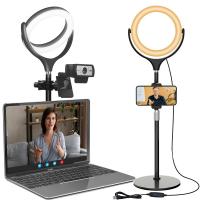



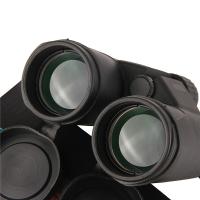

There are no comments for this blog.